Re: It's always worth to go out (for Salamandra) ;-)
Jeroen Speybroeck wrote:Winter's (nearly) over!
First 4 'manders out last night.
Lucky basterd! Wish I had playground woods like that, I have to wait a little longer.
Jeroen Speybroeck wrote:Winter's (nearly) over!
First 4 'manders out last night.
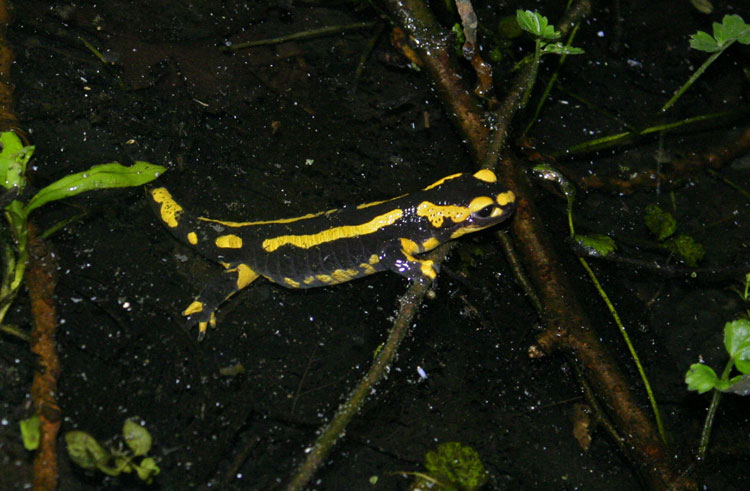
I found already Salamandras in Bavaria this year (though the locals say it's Franconia)
Laura Tiemann wrote:Until then, please keep posting
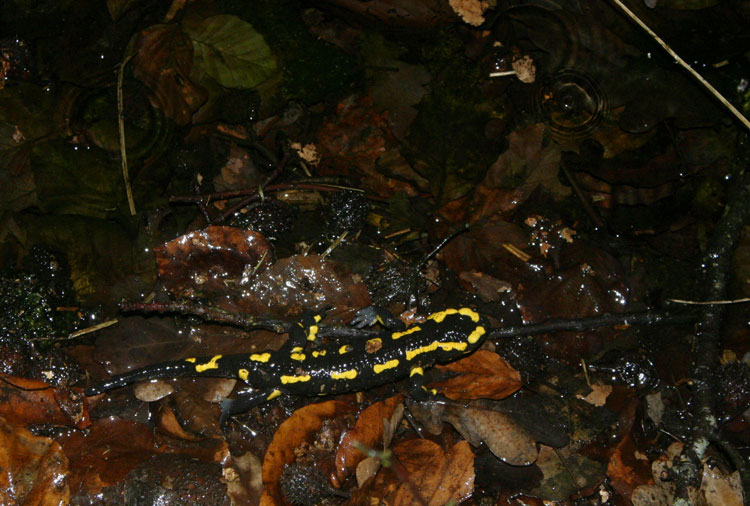
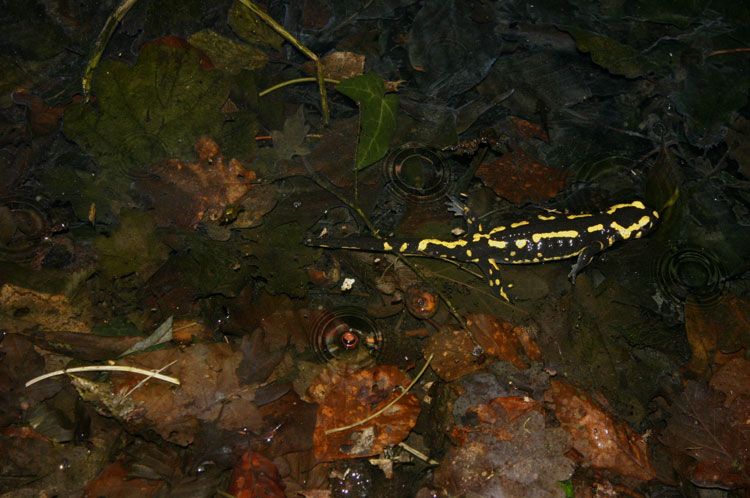

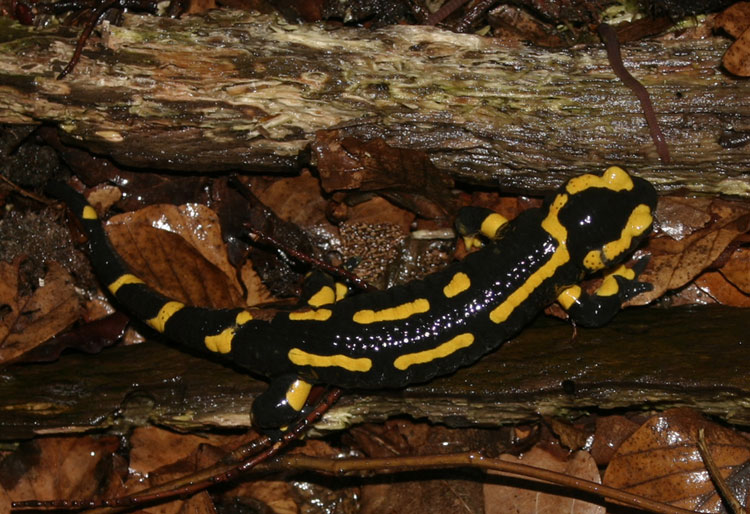
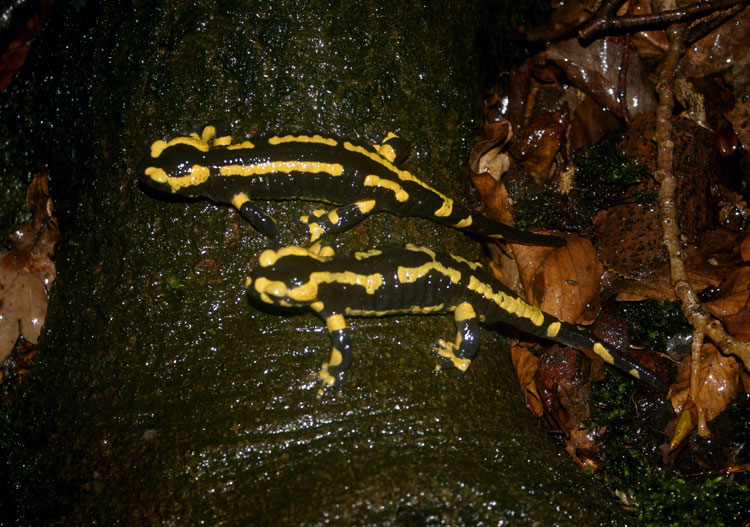
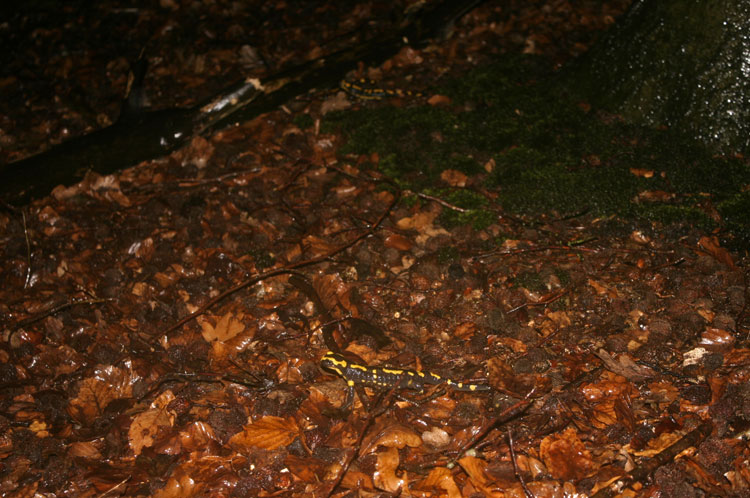

We aim to please.
Michal Szkudlarek wrote:did You find any specimen that presented appearance typical for nominal subspecies?
Michal Szkudlarek wrote:S. salamandra reaches so high latitude in the Netherlands and in Poland it is known only at south because of lack of beech and oak woodlands in most part of PL, am I right?
Michal Szkudlarek wrote:And what about I. alpestris- this species is ecologically malleable so why in my country their lowland populations seems to be relict in comparsion with the situation in the Netherlands?
Jeroen Speybroeck wrote: Polish climate differs from Dutch climate quite a great deal.
Michal Szkudlarek wrote:Jeroen Speybroeck wrote: Polish climate differs from Dutch climate quite a great deal.
What do You mean?